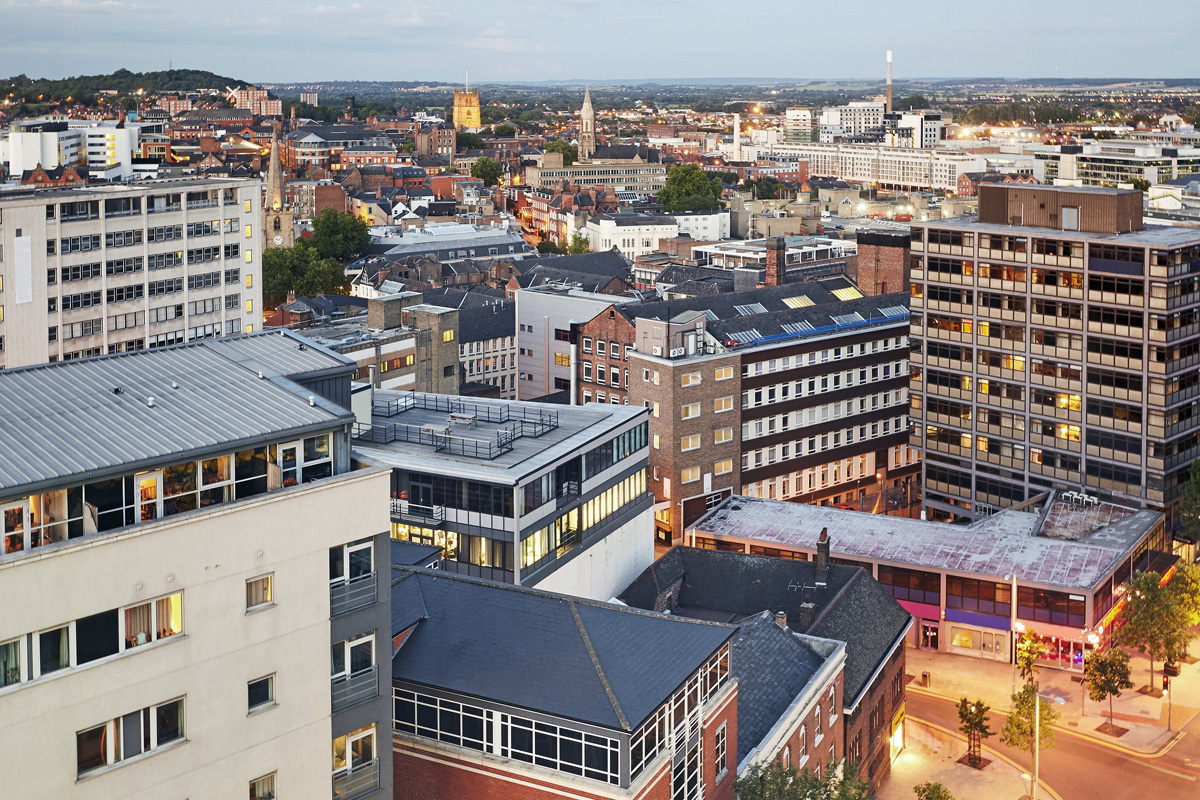- UK /
- Nottingham
Discover The Latest Property Statistics and Sold House Prices In Nottingham, Nottinghamshire.
Gain a competitive edge in the Nottingham, Nottinghamshire housing market using our extensive data on house prices with local insights and trends.

NOTTINGHAM
Property market data for Nottingham in Nottinghamshire. Compare data on the district postcode areas of Nottingham including sold house price growth, long let gross rental yield, buyer demand, average asking price, average price per square foot and average rental prices. Explore Nottingham with a range of tools to help you understand the local market.
In the centre of Nottingham, NG1 long-let gross yield is 11.2%, the average rental price is £334 the average asking price is £155,911 and the average price per square foot is £237. There are currently N/A completed property sales per month, with a turnover of 6.0%. Toggle between postcode districts to see how different areas compare.
BUY-TO-LET PROPERTY INVESTMENT IN NOTTINGHAM
Understanding the Housing Market in Nottingham: Key Facts and Figures
The biggest city in the East Midlands and sitting 45 miles north and east of Birmingham, Nottingham has an economy built predominantly on future-facing industries such as advanced manufacturing, green technology, life sciences, digital, financial services, business services and logistics and is thriving, while showing little sign of slowing down. Notably, the Derby and Nottingham Metropolitan Strategy paper outlining bold plans to draw in investment and transform the shared urban area of both cities into an internationally recognised and vibrant, creative urban centre offering a great modern city lifestyle to its citizens and visitors by 2030. Nottingham is on the move and looking outwards to international markets but is also the only city in the Midlands, aside from Birmingham, to be classified as a sufficiency-level world city by the Globalisation and World Cities Research Network, which may seem like an archaic reference but is important, illustrates an important point about the city: whilst Nottingham will feature in lists of the top 10 largest cities in the UK (depending on the metrics), it is small, globally speaking and yet enjoys a degree of service provision that is not dependent on other world cities to such an extent that it is deserving of an internationally recognised, special mention, for self-reliance. When talking about Nottingham, it is impossible to avoid talking about Robin Hood, the archer of Sherwood Forest and his nemesis, the Sheriff. The city is world-famous for the men in tights and has an internationally-orientated tourism industry dedicated to the myth. Tourism is worth almost £700 million, locally, per year and there are around 700 thousand visitors annually - a number that has been growing, recently, year on year. Being also a major university city, it has approximately 57 thousand students living there at any one time, who, alongside tourists, provide a considerable boost to the local economy. As would be expected of a major UK city, Nottingham has a thriving housing market, with capital growth trending upward, year on year. In terms of housing stock, there exists everything you would expect, from city centre flats to family homes, from buy-to-let to build-to-rent. And, as a tourist and business travel destination, serviced accommodation and short-term lets are commonplace. There are also some exciting regeneration plans which include Southside, a development of city living and office spaces and Boots Island (the Island Quarter) where a new suburb is to be built.